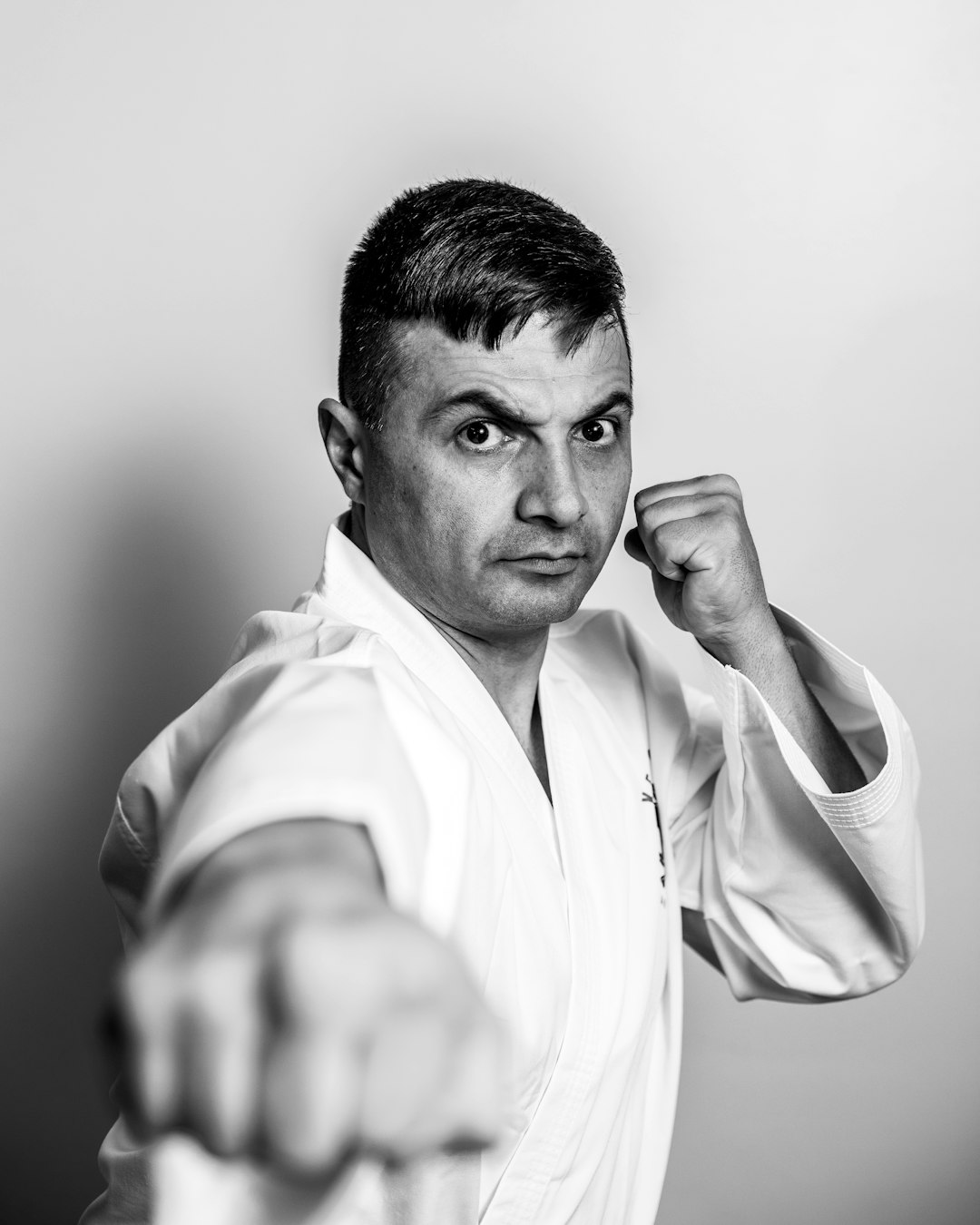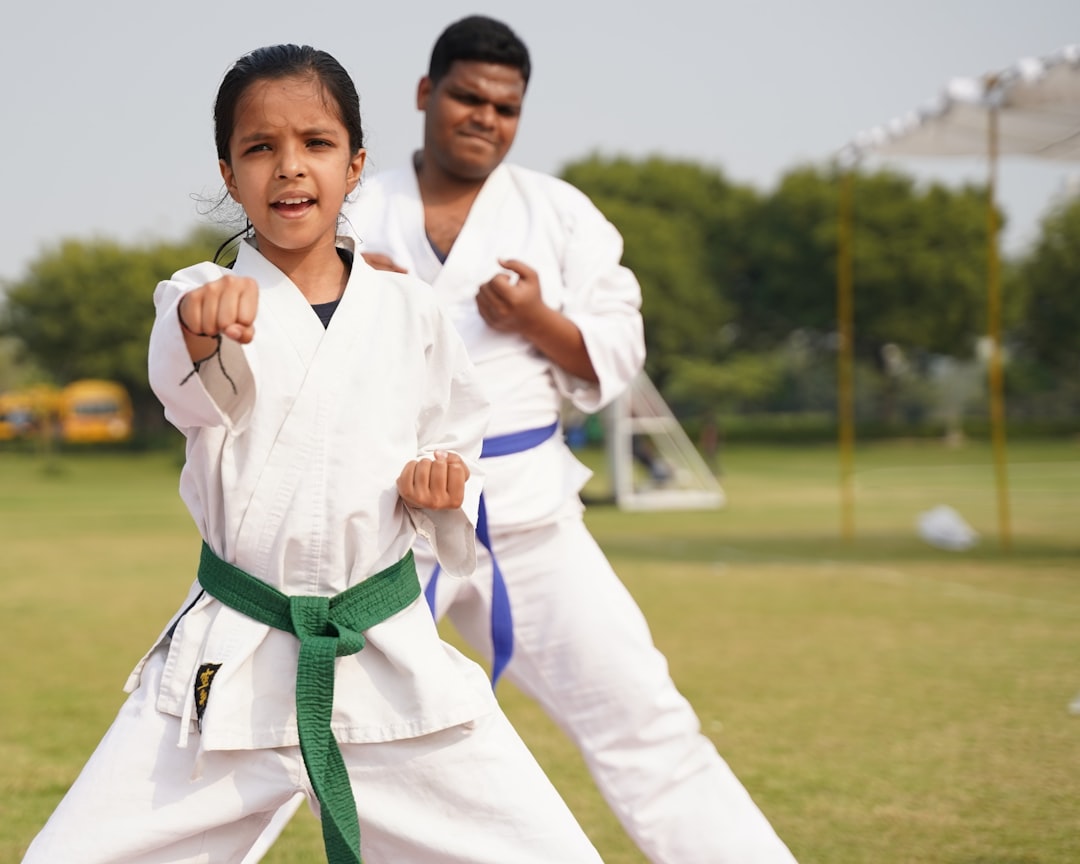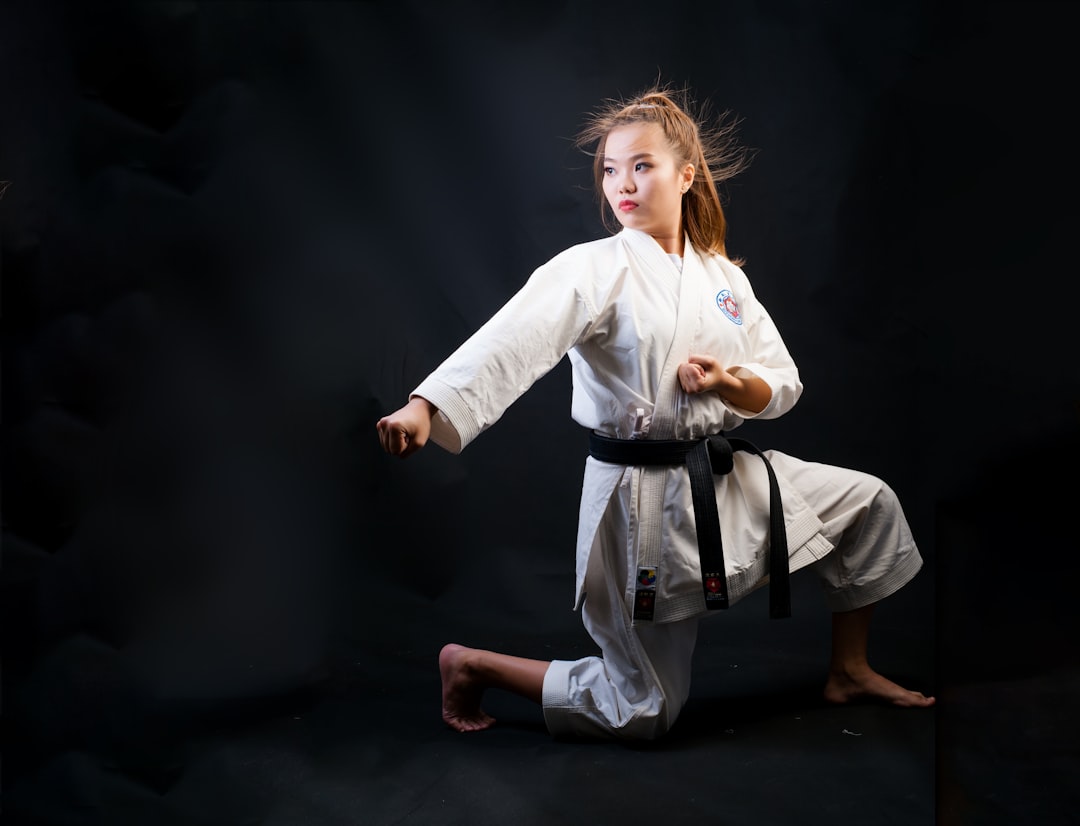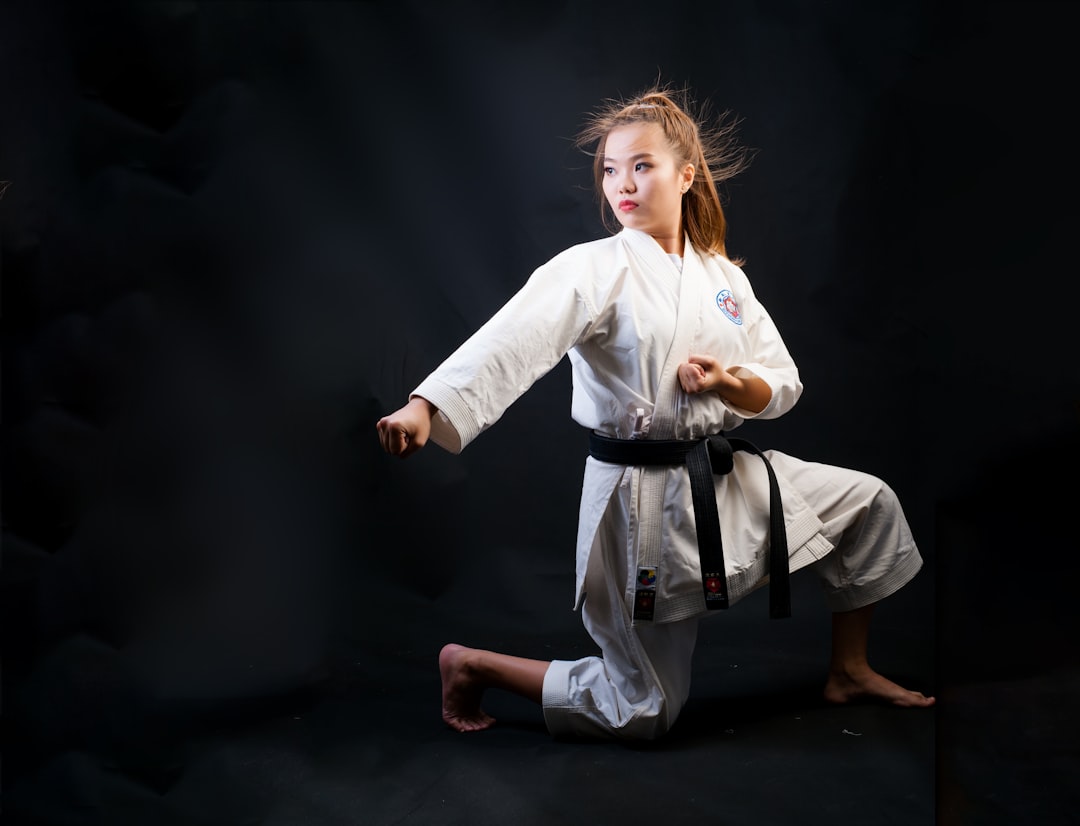The traditional attire for karate practitioners, known as a "karate gi" or simply "gi," has evolved from its Japanese roots. Historically, it began with functional and improvisational clothing like the loose-fitting cotton tunic (karogi) and toe-separated boots (tabi). As karate gained global popularity, the modern karate suit emerged, consisting of a lightweight cotton jacket (keikogi) and pants (hakama or doti), secured with an obi belt. This attire symbolizes respect, modesty, and discipline while providing comfort, flexibility, and protection for training and competitions, balancing traditional heritage with modern performance demands. The term "karate suit called gi" or "dobuk" reflects these historical and cultural influences.
What is the Karate Suit Called? A Comprehensive Guide
The karate suit, or Gi, is more than just attire; it’s a symbol of respect, discipline, and tradition in martial arts. This guide delves into the historical roots of karate attire, exploring how it evolved from traditional Japanese clothing. We’ll break down the key components of a traditional Gi, compare it with modern no-gi styles, and discuss its role in training and competition. Additionally, we’ll provide insights on choosing the right suit, ensuring optimal performance and comfort.
- # What is the Karate Suit Called? A Comprehensive Guide
- The Historical Origins of Karate Attire
- – Evolution from traditional Japanese clothing
- – Early forms and materials used
- Key Components of a Traditional Karate Gi
# What is the Karate Suit Called? A Comprehensive Guide

The karate suit, also known as a gi or dobok, is an essential piece of attire for practitioners of this martial art. But what exactly is it called? The term ‘karate gi’ is often used to refer to the traditional garb, which consists of a jacket (keikogi) and pants (hakama). This attire is not just functional; it holds cultural significance in karate, symbolizing respect, modesty, and discipline.
When asking “what is the karate suit called,” one must also consider the different names based on style and region. For example, in traditional Japanese karate, it might be termed a ‘dobok,’ while in some modern styles or international competitions, a ‘karate gi’ or simply ‘gi’ is preferred. These garments are designed to provide comfort, freedom of movement, and protection during training and sparring sessions, making them an integral part of the martial arts experience.
The Historical Origins of Karate Attire

The attire worn by karate practitioners has evolved significantly over time, reflecting both cultural and functional changes within the martial art itself. Historically, karate in its early forms was practiced without any standardized gear, as it originated in Okinawa, Japan, during a period when combat arts were passed down through families and villages. The people of Okinawa, often referred to as the “Ryukyuan” people, engaged in fierce hand-to-hand battles using whatever tools or clothing they had at their disposal. This improvisational approach to attire led to practical considerations for training and competition, which eventually gave rise to what is now known as the karate suit.
The specific term for this traditional garb is “karogi” for the top portion and “tabi” for the footwear. Karogi typically consists of a loose-fitting cotton tunic that allows for full range of motion during training and sparring sessions. The tabi boots, made from either canvas or leather, have separate compartments for each toe, providing enhanced balance and flexibility when performing complex footwork. These traditional karate attire components were not merely functional; they also held cultural significance, symbolizing honor, discipline, and the practitioner’s commitment to the martial art. As karate gained popularity worldwide, modern variations of the suit emerged, catering to both aesthetic preferences and practical needs in competitive settings. So, if you’re wondering what the karate suit is called, the answer lies in these historical origins that have shaped the attire for this captivating martial art.
– Evolution from traditional Japanese clothing

The modern karate suit, often referred to as a gi or dobuk, has evolved from traditional Japanese clothing? This transformation reflects the discipline’s cultural shift from martial art to global sport. Initially, practitioners wore loose-fitting cotton clothes similar to those worn for other martial arts like judo and aikido. However, as karate developed its unique techniques and forms, specialized gear became necessary.
This evolution led to the design of the dobuk, which consists of a lightweight cotton jacket (keikogi) and matching pants (doti or chokkan). The keikogi is tied with an obi, providing both support and identification as a karate practitioner? The choice of materials and style ensures ease of movement while offering protection during intense training sessions and competitions, addressing the need for a specialized garment beyond traditional Japanese attire.
– Early forms and materials used

The traditional karate suit, known as a gi, has a rich history dating back to the early 20th century. Originally, karate practitioners wore loose-fitting cotton clothing similar to typical Japanese attire. These garments provided comfort and flexibility, allowing for unrestricted movement during training and competition. The gi evolved over time, with materials such as hemp and linen becoming popular choices due to their breathability and durability? These early forms aimed to balance protection with ease of movement.
As karate gained popularity worldwide, the karate suit called gi began to standardise. Manufacturers started using heavier-duty cotton fabrics, ensuring the gi could withstand rigorous training sessions and sparring matches. The design became more tailored to enhance performance, featuring reinforced seams and a structured cut that allowed for better control during techniques. This evolution ensured that the karate suit called gi not only symbolises traditional values but also meets the demands of modern karate practitioners.
Key Components of a Traditional Karate Gi

The traditional karate attire, often referred to as a karate suit, is an integral part of the martial art’s history and culture. Its design focuses on comfort, flexibility, and modesty while allowing for unrestricted movement during intense training sessions and competitions. The key components include a light, breathable fabric such as cotton or a synthetic blend, ensuring the wearer stays cool and dry. This material choice is essential, especially during rigorous exercises, to prevent any hindrance to performance?
The karate suit typically consists of two main pieces: the dobori (top) and the keikogi (pants). The dobori, similar to a kimono, is tied at the front with an obi (belt), offering both security and style. The keikogi, on the other hand, provides padding for the joints, ensuring protection during sparring? While the traditional colors are often white or light blue, various styles and patterns can be found, catering to individual preferences and schools’ distinctives.
The karate suit, or karate gi, is more than just attire; it’s a symbol of dedication, discipline, and respect in the martial arts. Throughout history, its design has evolved from traditional Japanese clothing, reflecting the art’s rich cultural heritage. Understanding the components and significance of this iconic garment offers a deeper appreciation for karate’s timeless traditions and modern practice. Thus, when we ask, “What is the karate suit called?” we not only find an answer but also uncover a piece of martial arts’ fascinating history.
